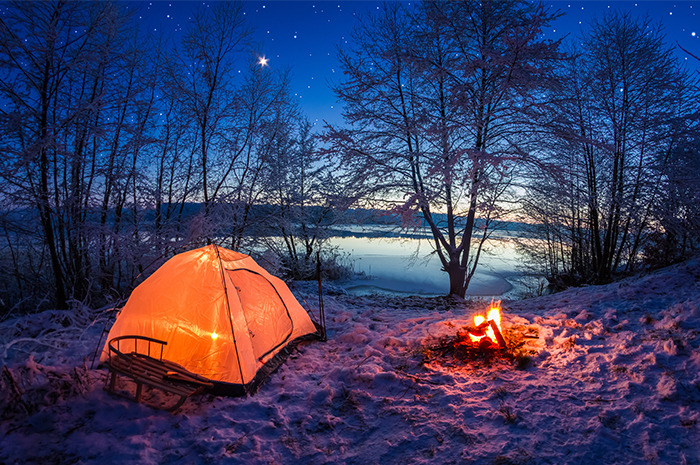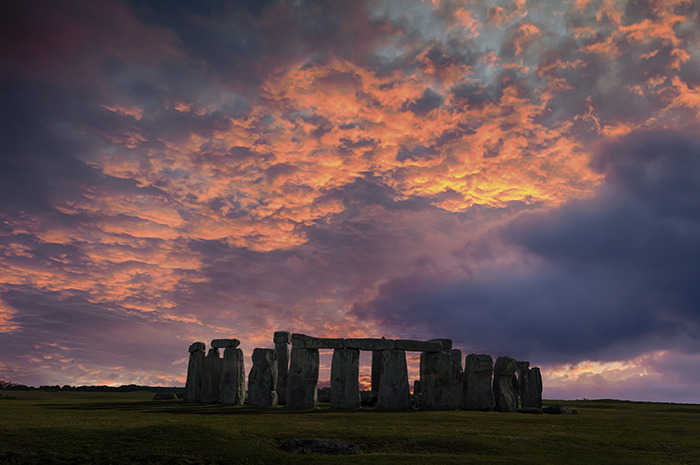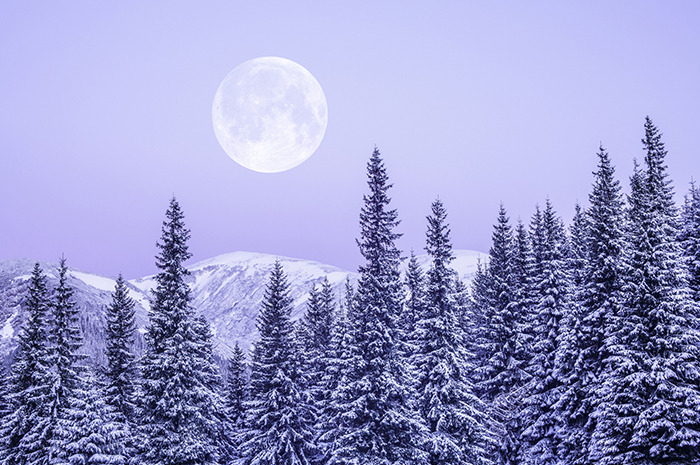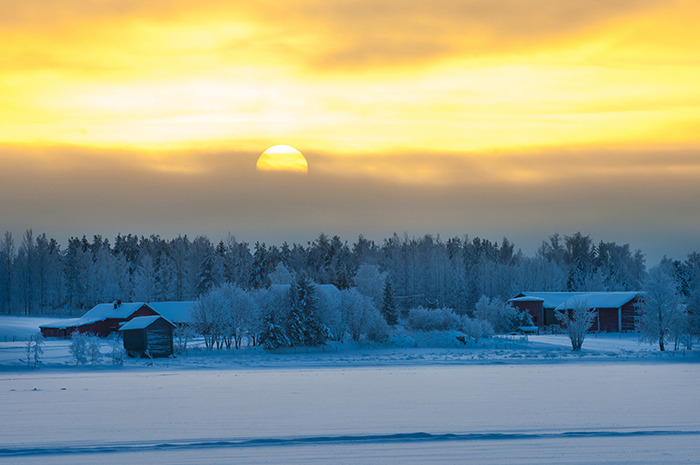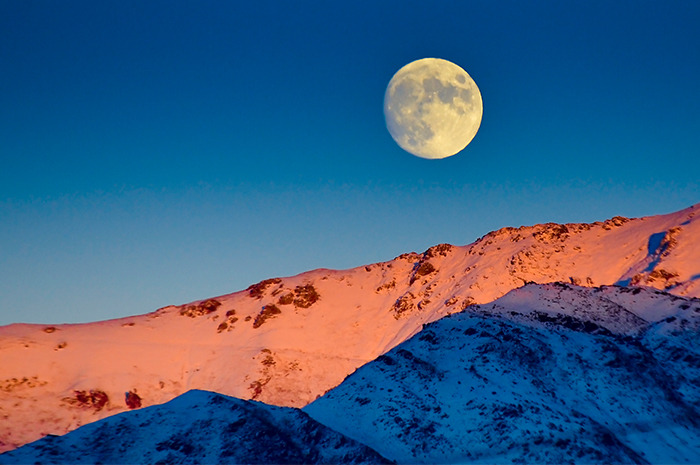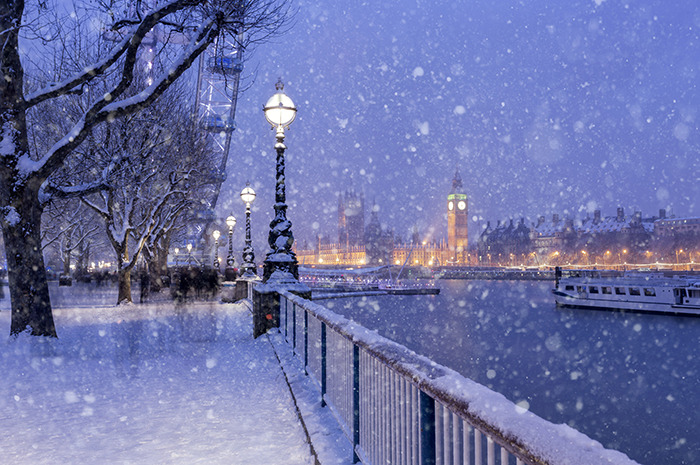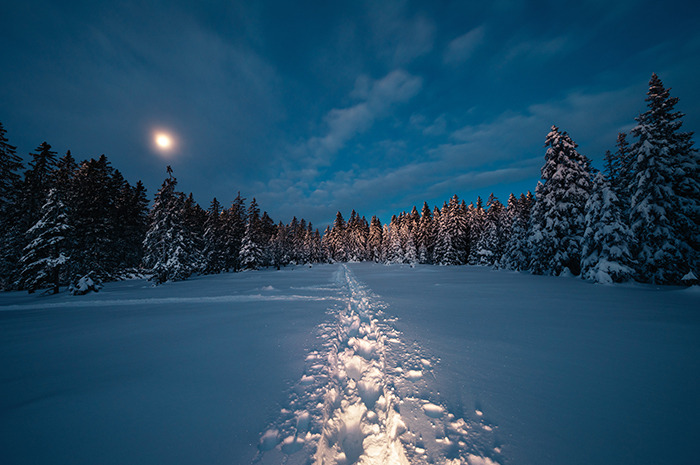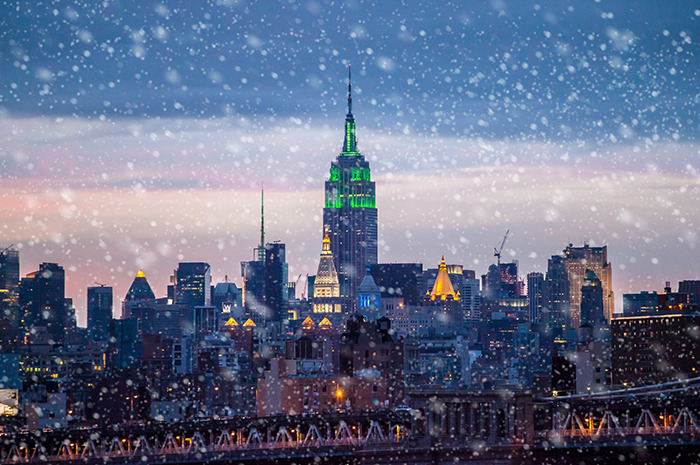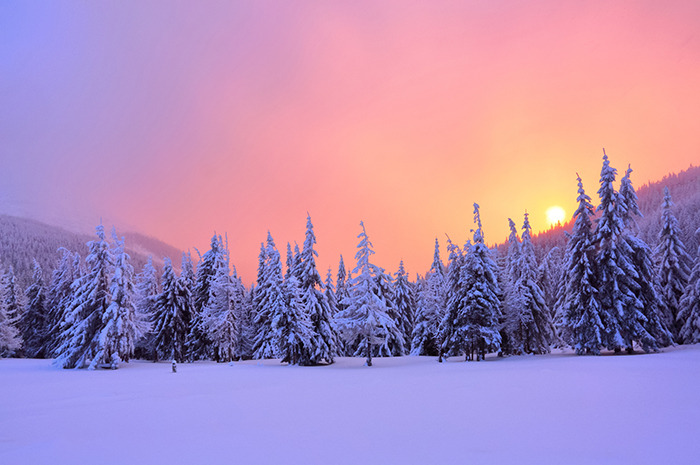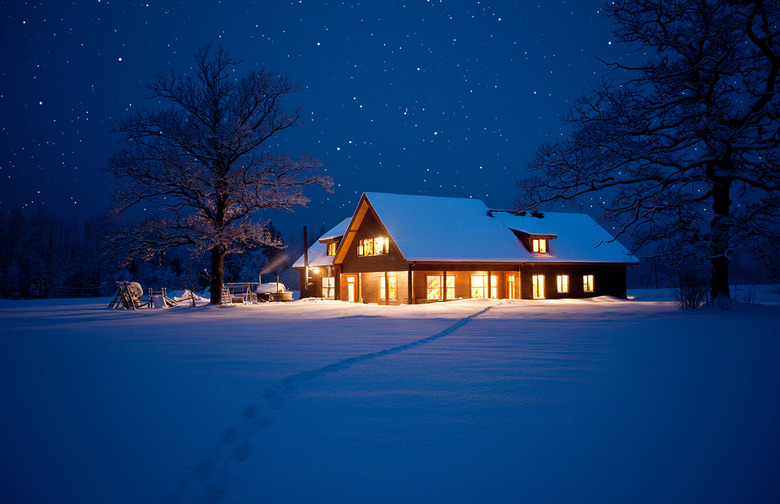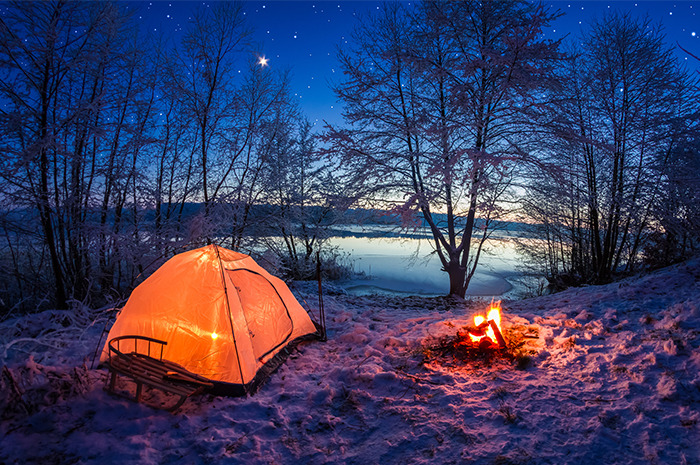What You Never Knew About The Shortest Day Of The Year
The winter solstice occurs in the Northern Hemisphere when the North Pole is at its maximal tilt away from the sun. The solstice marks the shortest day of the year and the longest night of the year, meaning that it falls on the day with the fewest hours of sunlight. In the weeks leading up to the winter solstice, you've likely noticed the sun setting earlier and rising later. Sunlight actually has quite the effect on our bodies and our mood, largely due to vitamin D. And some people feel the effects of its absence more severely than others. Luckily, after the winter solstice the sun begins to set later. The hours of daylight will continue to increase until the summer solstice, which occurs on the longest day of the year.
What can you do to cheer yourself up through all the darkness? In the Northern Hemisphere, the winter solstice falls right before Christmas, so you can load up on holiday cheer by looking at Christmas lights or making a festive recipe. Or you could take an impromptu trip to the Southern Hemisphere, where the whole phenomenon is reversed — the same months that correspond with winter in the north actually come with longer days and more sunlight in the southern half of the globe.
In 2018, the shortest day of the year falls on Friday, December 21, in the Northern Hemisphere. Here are some things you probably didn't know about the shortest day of the year.
It goes by many names
"The shortest day of the year" is a bit of a mouthful. This famous day can be referred to by many names, a few of which include the winter solstice, hibernal solstice, and midwinter.
The date of the winter solstice varies
People typically think of the solstice as occurring on December 21, but it can fall on any date between the 20th and the 23rd. However, a December 20 or 23 solstice is extremely rare. The next December 23 solstice won't happen until 2303. The last was 400 years prior, in 1903.
It was significant even in Neolithic times
Neolithic humans cared about the shortest day of the year perhaps more than people do today. Monuments such as Stonehenge attribute significance to the yearly event, which humans probably used to interpret when to plant their crops and expected activities of animals. Both Stonehenge in England and Newgrange in Ireland have features that point to where the sun rises and sets on the shortest day of the year.
In the Stone Age, it was a party
Literally. Humans in the Stone Age, according to modern interpretation of artifacts, probably threw a huge party on or around this day. The onslaught of winter was immensely significant for them, since they relied on preparing for the seasons for survival. January through April were especially deadly in the Northern Hemisphere. Around the winter solstice in December, humans in the Stone Age slaughtered many of their cattle (to avoid the burden of feeding them through winter) and feasted. They also would have a ready supply of wine and beer fermented just in time for drinking.
It used to be a happy event
Though this day actually has the least sunlight, it often involved celebration of the sun gods. The event was seen as the day when the sun would start to return more often to the sky. As a result, it was associated with rebirth and new beginnings. Various sun gods were worshipped and rituals relating to positive change for the year ahead were practiced.
In Iran, it is celebrated with poetry
Yaldā Night is an Iranian festival celebrated on the shortest day of the year. To commemorate the day, families will gather around food, drinks, and poems, staying awake late into the night. They will often serve red-colored foods such as pomegranates and watermelons to symbolize the red shades of dawn. Sunrise is often associated with birth and new life.
It is a pagan holiday
The holiday is called Yule, and it originated in pagan communities. Julblot was a sacrificial feast wherein sacrifices were given to the gods in exchange for a successful crop yield. Yule lasted 12 days and is actually the origin of many modern Christmas traditions. Christmas trees, wreaths, and Yule logs all come from pagan tradition. In Sweden, Christmas is actually still called Jul (pronounced similarly to Yule).
‘Solstice’ translates to ‘sun stands still’
The word "solstice" comes from the Latin word solstitium. "Sol" means sun and the rest is the past participle of sistere, which means "to make stand." Put together, it loosely translates to "sun stands still." It was named as such because the sun's position over the horizon at noon remains relatively stagnant around the winter solstice, whereas throughout the year its change in position appears more drastic.
Daylight hours come back faster in the north
After the shortest day of the year is over, days start to get longer once more. Yay, sunlight! This is especially good news for the north — the farther north you are, the faster your daylight hours come back. This is because of latitude. Areas farther north have shorter days in the winter to begin with, so the change feels more drastic once things reverse.
Temperatures actually get colder after the shortest day of the year
Just because the days are getting longer doesn't mean it's going to get any warmer. Winter is far from over. In fact, the coldest months of the year in the Northern Hemisphere are December, January, and February. Of course, some of that depends on where you live. These cities are the absolute coldest cities in the United States!
More From The Active Times:
Travel Experts Rank the Best National Parks From Good to Amazing
The One Place You Should Visit in the Winter in Your State
The 20 Best National Parks to Visit in the Winter
